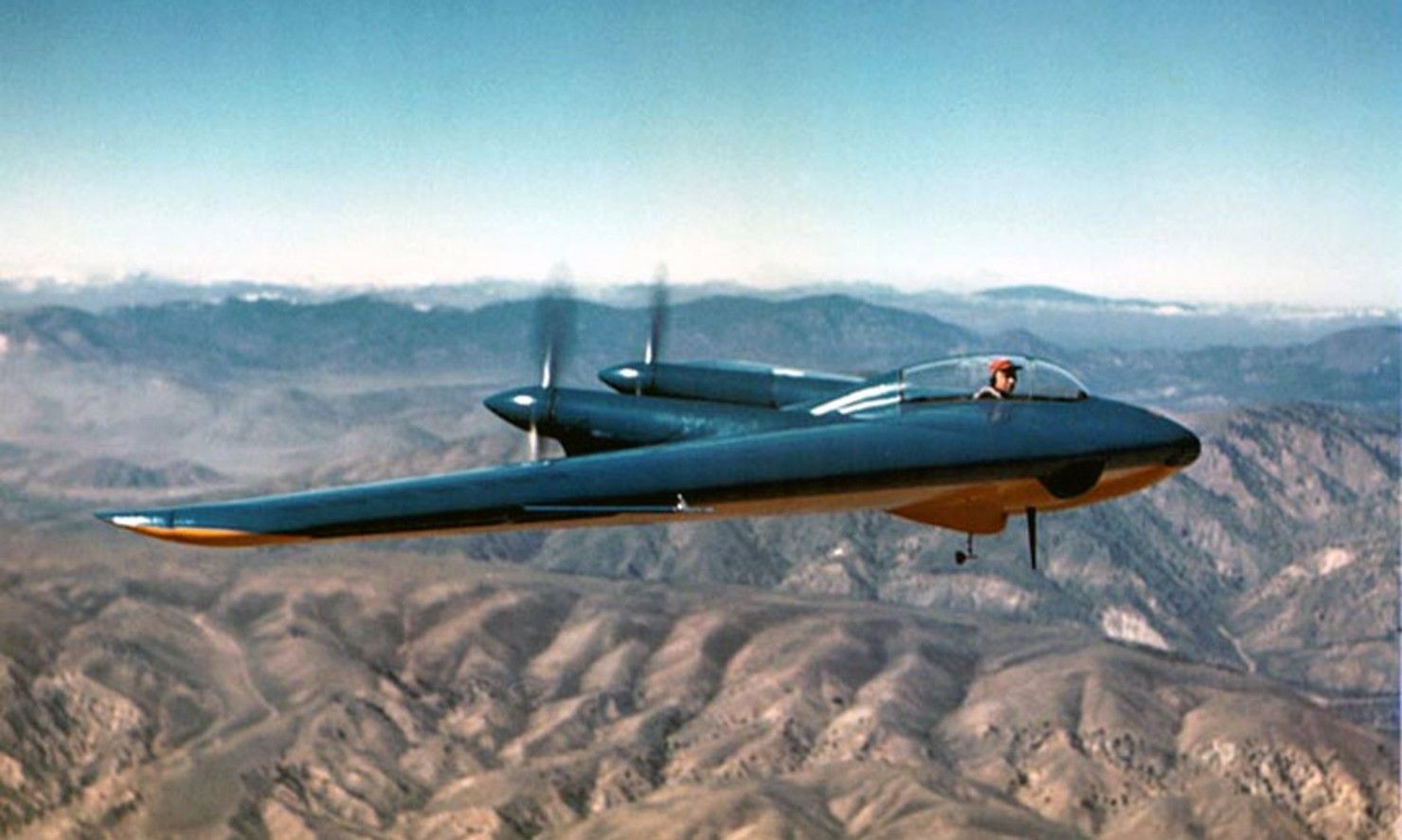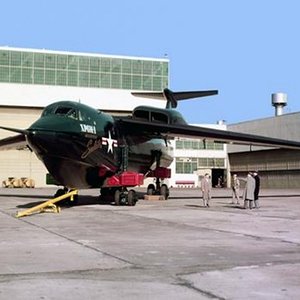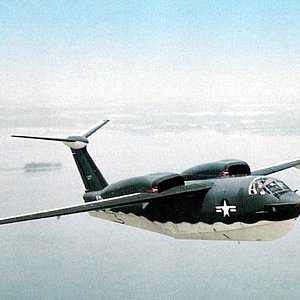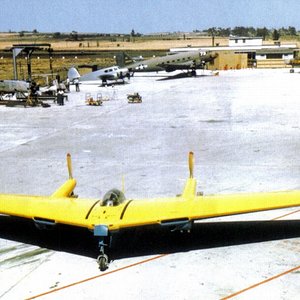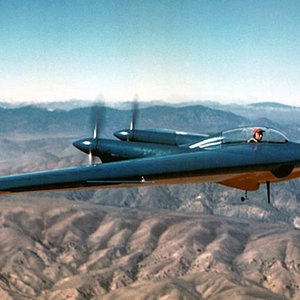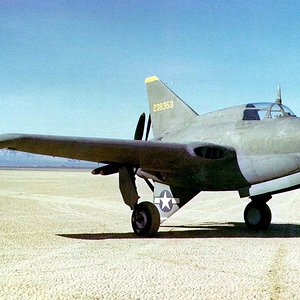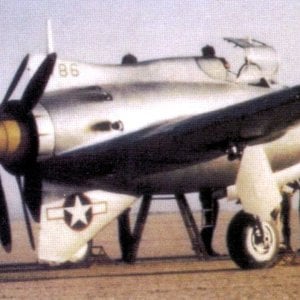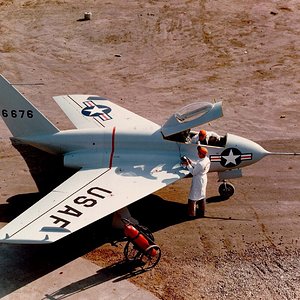Navigation
Install the app
How to install the app on iOS
Follow along with the video below to see how to install our site as a web app on your home screen.
Note: This feature may not be available in some browsers.
More options
You are using an out of date browser. It may not display this or other websites correctly.
You should upgrade or use an alternative browser.
You should upgrade or use an alternative browser.
Design and development
On 30 October 1941, the preliminary order for development of the B-35 Flying Wing bomber was confirmed, including engineering, testing, and - most importantly - a 60 ft (18 m) wingspan, one-third scale aircraft, designated N-9M.[3] It was to be used in gathering data on flight performance and for familiarizing pilots with the program's radical, all-wing design. The first N-9M was ordered in the original contract, but this was later expanded to three test aircraft in early 1943. A fourth was ordered a few months later and would incorporate flight test improvements, including different, more powerful engines. They were designated N-9M-1, -2, -A, and -B, respectively.
The N-9M framework was partially constructed of wood to reduce its overall weight. The wings' outer surfaces were also skinned in a strong laminated plywood. The central section (roughly equivalent to the fuselage) was made of tubular steel. The aircraft were originally powered by two Menasco C6S-1 inverted air-cooled straight-six engines, driving twin-bladed propellers. The original engines were 290 hp (216 ); the N-9MB later upgraded to 400 hp (298 kW) Franklin engines
characteristics
Crew: 1
Capacity: 1 observer (N9MB)
Length: 17 ft 9 in (5.4 m)
Wingspan: 60 ft 0 in (18.3 m)
Height: 6 ft 7 in (2 m)
Wing area: 490 sq ft (45.5 m2)
Airfoil: NACA 65-019
Empty weight: 5,893 lb (2,673 kg)
Gross weight: 13,946 lb (6,326 kg)
Powerplant: 2 × Menasco C6S-4 , 275 hp (205 kW) each (N-9MB) 2x Franklin XO-540-7, 260 hp each
Performance
Maximum speed: 258 mph (415 km/h; 224 kn)
Range: 500 mi (434 nmi; 805 km)
Service ceiling: 21,500 ft (6,553 m)
On 30 October 1941, the preliminary order for development of the B-35 Flying Wing bomber was confirmed, including engineering, testing, and - most importantly - a 60 ft (18 m) wingspan, one-third scale aircraft, designated N-9M.[3] It was to be used in gathering data on flight performance and for familiarizing pilots with the program's radical, all-wing design. The first N-9M was ordered in the original contract, but this was later expanded to three test aircraft in early 1943. A fourth was ordered a few months later and would incorporate flight test improvements, including different, more powerful engines. They were designated N-9M-1, -2, -A, and -B, respectively.
The N-9M framework was partially constructed of wood to reduce its overall weight. The wings' outer surfaces were also skinned in a strong laminated plywood. The central section (roughly equivalent to the fuselage) was made of tubular steel. The aircraft were originally powered by two Menasco C6S-1 inverted air-cooled straight-six engines, driving twin-bladed propellers. The original engines were 290 hp (216 ); the N-9MB later upgraded to 400 hp (298 kW) Franklin engines
characteristics
Crew: 1
Capacity: 1 observer (N9MB)
Length: 17 ft 9 in (5.4 m)
Wingspan: 60 ft 0 in (18.3 m)
Height: 6 ft 7 in (2 m)
Wing area: 490 sq ft (45.5 m2)
Airfoil: NACA 65-019
Empty weight: 5,893 lb (2,673 kg)
Gross weight: 13,946 lb (6,326 kg)
Powerplant: 2 × Menasco C6S-4 , 275 hp (205 kW) each (N-9MB) 2x Franklin XO-540-7, 260 hp each
Performance
Maximum speed: 258 mph (415 km/h; 224 kn)
Range: 500 mi (434 nmi; 805 km)
Service ceiling: 21,500 ft (6,553 m)

